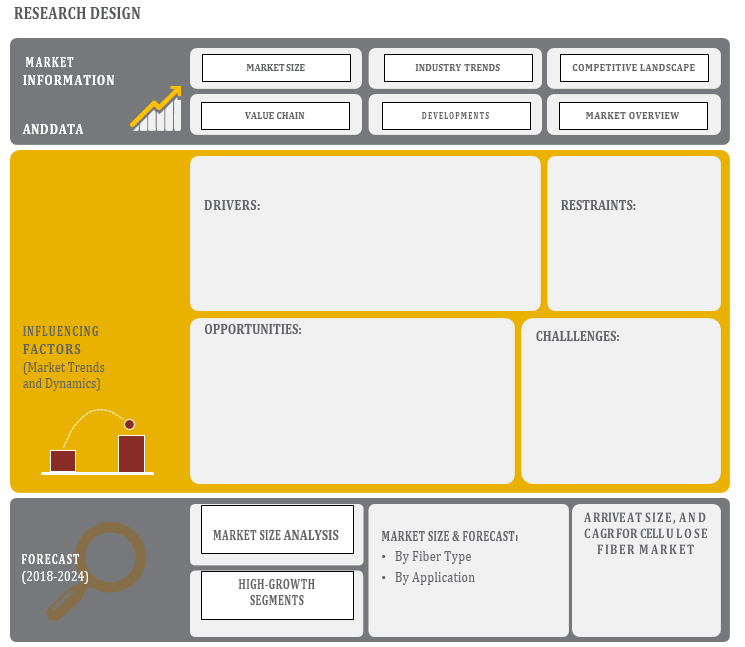OVERVIEW
The global Hyper-Converged Infrastructure (HCI) market size is expected to reach USD 20.8 billion by 2024. It is expected to grow with a CAGR of 31.88% during the forecast period. HCI’s several advantages, such as reduced capital spending and operational expenditure, and the ability to recover from disasters, are projected to fuel market growth. In addition, increasing demand from different applications contributes to increasing IT infrastructure performance and ultimately boosts demand from the global hyper-converged network market over the forecast period.








TABLE OF CONTENT
1 Global Hyper-Converged Infrastructure Market – Overview
1.1 Study Objectives
1.2 Market Definition
1.3 Study Scope
1.3.1 Markets Covered
1.3.2 Geographic Scope
2 RESEARCH METHODOLOGY
2.1 Research Data
2.1.1 Secondary Data
2.1.1.1 Key Data From Secondary Sources
2.1.2 Primary Data
2.1.2.1 Key Data From Primary Sources
2.1.2.2 Key Industry Insights
2.1.2.3 Breakdown of Primaries
2.2 Market Size Estimation
2.2.1 Bottom-Up Approach
2.2.2 Top-Down Approach
2.3 Market Breakdown and Data Triangulation
2.4 Research Assumptions
3 Global Hyper-Converged Infrastructure Market – Executive Summary
3.1 Market Revenue, Market Size and Key Trends by Company
3.2 Key Trends by type of Application
3.3 Key Trends segmented by Geography
4 Global Hyper-Converged Infrastructure Market – Comparative Analysis
4.1 Product Benchmarking – Top 10 companies
4.2 Top 5 Financials Analysis
4.3 Market Value split by Top 10 companies
4.4 Patent Analysis – Top 10 companies
4.5 Pricing Analysis
5 Global Hyper-Converged Infrastructure Market – Industry Market Entry Scenario
5.1 Regulatory Framework Overview
5.2 New Business and Ease of Doing business index
5.3 Case studies of successful ventures
5.4 Customer Analysis – Top 10 companies
6 Global Hyper-Converged Infrastructure Market – Market Forces
6.1 Introduction
6.2 Market Dynamics
6.2.1 Drivers
6.2.2 Opportunities
6.2.3 Challenges
6.3 Porters Analysis of Market
6.3.1 Bargaining power of suppliers
6.3.2 Bargaining powers of customers
6.3.3 Threat of new entrants
6.3.4 Rivalry among existing players
6.3.5 Threat of substitutes
7 Global Hyper-Converged Infrastructure Market – Strategic Analysis
7.1 Value Chain analysis
7.2 Product Life Cycle
7.3 Supplier and distributor analysis (Market share and product dealing strategies)
8 Global Hyper-Converged Infrastructure Market – By Component (Market Size – &million/billion)
8.1 Software
8.2 Hardware
9 Global Hyper-Converged Infrastructure Market – By Organization Size
9.1 Large enterprises
9.2 Small and Medium-sized Enterprises (SMEs)
10 Global Hyper-Converged Infrastructure Market – By Application
10.1 Remote office/branch office
10.2 Virtualization Desktop Infrastructure (VDI)
10.3 Data center consolidation
10.4 Backup/recovery/disaster recovery
10.5 Others
11 Global Hyper-Converged Infrastructure Market – By Vertical
11.1 BFSI
11.2 IT and telecom
11.3 Government
11.4 Healthcare
11.5 Manufacturing
11.6 Others
12 Global Hyper-Converged Infrastructure Market – By Geography (Market Size – &million/billion)
12.1 Introduction
12.2 North America
12.2.1 US
12.2.2 Canada
12.2.3 Mexico
12.3 Europe
12.3.1 U.K
12.3.2 Germany
12.3.3 Italy
12.3.4 France
12.3.5 Spain
12.3.6 Rest of Europe
12.4 Asia-Pacific
12.4.1 China
12.4.2 Japan
12.4.3 India
12.4.4 South Korea
12.4.5 Rest of APAC
12.5 Rest of the World
12.5.1 South America
12.5.2 Middle East
12.5.3 Africa
13 Global Hyper-Converged Infrastructure Market – Entropy
13.1 New product launches
13.2 M&A’s, collaborations, JVs and partnerships
14 Global Hyper-Converged Infrastructure Market Company Profile (Key Players)
14.1 Market Share, Company Revenue, Products, M&A, Developments
14.2 Dell Emc
14.3 Nutanix
14.4 Cisco
14.5 HPE
14.6 Huawei
14.7 Netapp
14.8 Vmware
14.9 Scale Computing
14.10 Stratoscale
14.11 Maxta
14.12 Company 11 & more
15 Global Hyper-Converged Infrastructure Market – Appendix
15.1 Sources
15.2 Abbreviations










